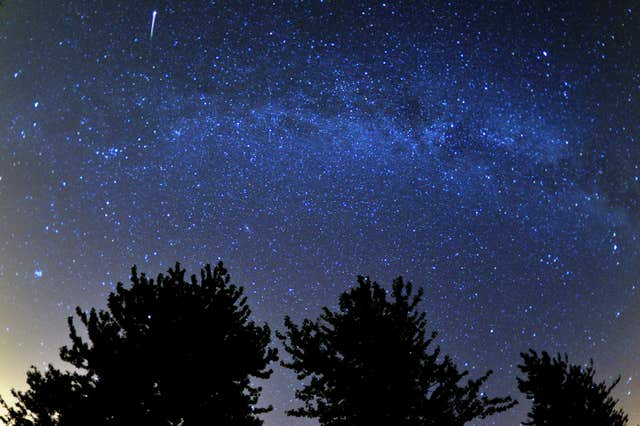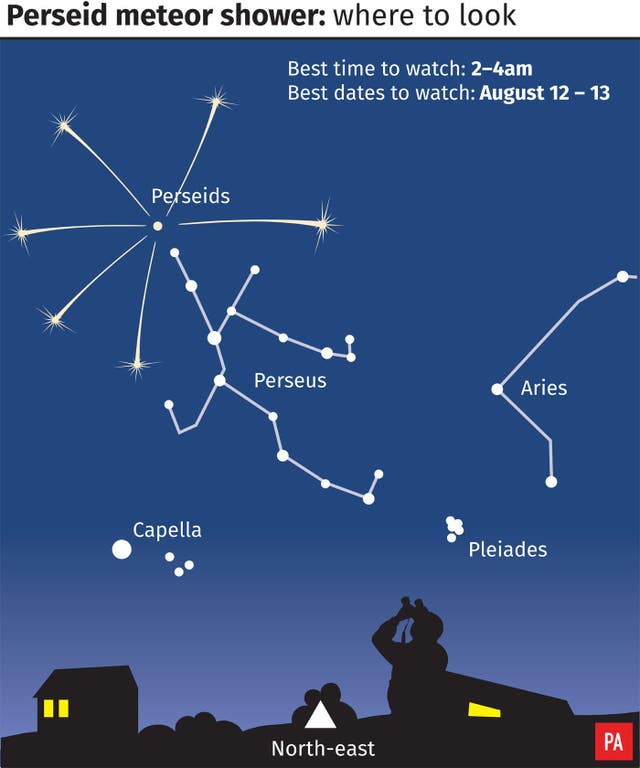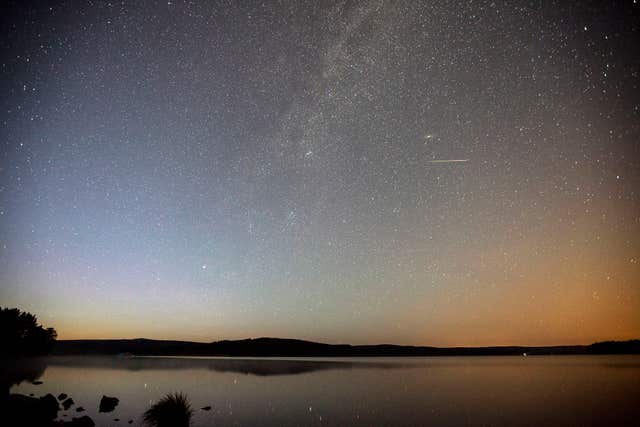Everything you need to know about the Perseid meteor shower
It’s going to be brighter than ever this year.

A spectacular display of celestial fireworks is promised this weekend as the Earth flies through a cloud of cometary dust.
With a new moon providing an extra-dark backdrop to the spectacle, the shooting stars will be brighter than ever.
Here is everything you need to know:
What is the Perseid meteor shower?

The meteors, mostly no bigger than a grain of sand, burn up as they hit the atmosphere at 58 kilometres (36 miles) per second to produce a shooting stream of light in the sky.
Peak temperatures can reach anywhere from 1,648 to 5,537C (3,000 to 10,000 Fahrenheit) as they speed across the sky.
The meteors are called Perseids because they seem to dart out of the constellation Perseus.
How will you be able to watch it?

Dr Robert Massey, from the Royal Astronomical Society, said: “The shower will be visible all over the UK, as long as the skies are clear.
“Unlike a lot of celestial events, meteor showers are easy to watch and no special equipment is needed, although a reclining chair and a blanket make viewing much more comfortable.”
What can you expect?

“Those who have perfect conditions may be able to see 80 meteors per hour – however, this is unlikely to be the case for most people, especially those in urban areas.
“Light pollution greatly decreases the number of meteors visible so head out to the countryside and let your eyes become dark adapted by not looking at any bright lights for at least 15 minutes.”





